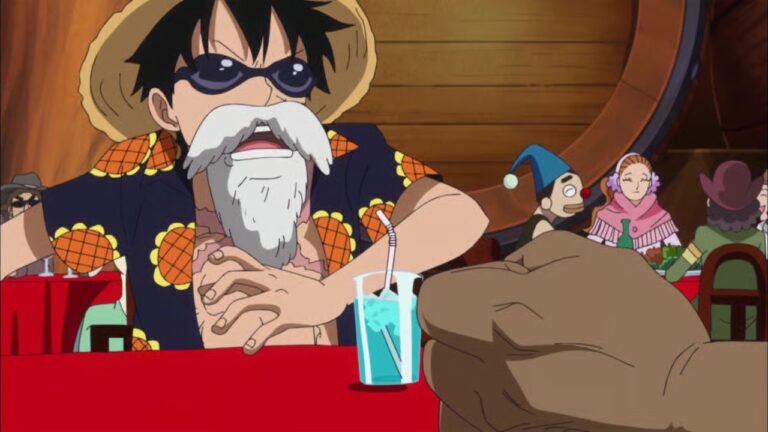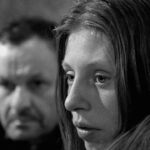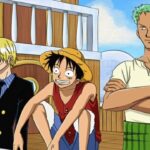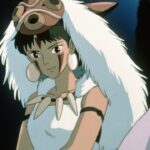Dressrosa is one of the most ambitious arcs in ‘One Piece,’ spanning a significant portion of the story and bringing together numerous characters, conflicts, and revelations. Adapted from Eiichiro Oda’s manga, the arc attempts to balance personal journeys, intense battles, and the overarching narrative of the fight against the Donquixote Family, featuring iconic characters like Monkey D. Luffy, Trafalgar D. Water Law, Donquixote Doflamingo, and the gladiator Rebecca. The arc offers some of the series’ most memorable moments. However, it is also widely recognized for its pacing challenges, which have sparked much discussion among fans and critics.
One of the most notable aspects of Dressrosa is its length. The arc covers over a hundred chapters and dozens of episodes, making it one of the longest storylines in One Piece. This extended timeframe allows Oda to explore Dressrosa’s society, the Donquixote Family’s inner workings, and the personal histories of key characters. However, the sheer scope also sometimes contributes to a feeling of dragging. Events that could have been condensed or combined are spread across multiple chapters, creating stretches where the forward momentum feels slow.
Multiple Storylines, Flashbacks, and Prolonged Battles Made Fans Lose Patience with Dressrosa Arc
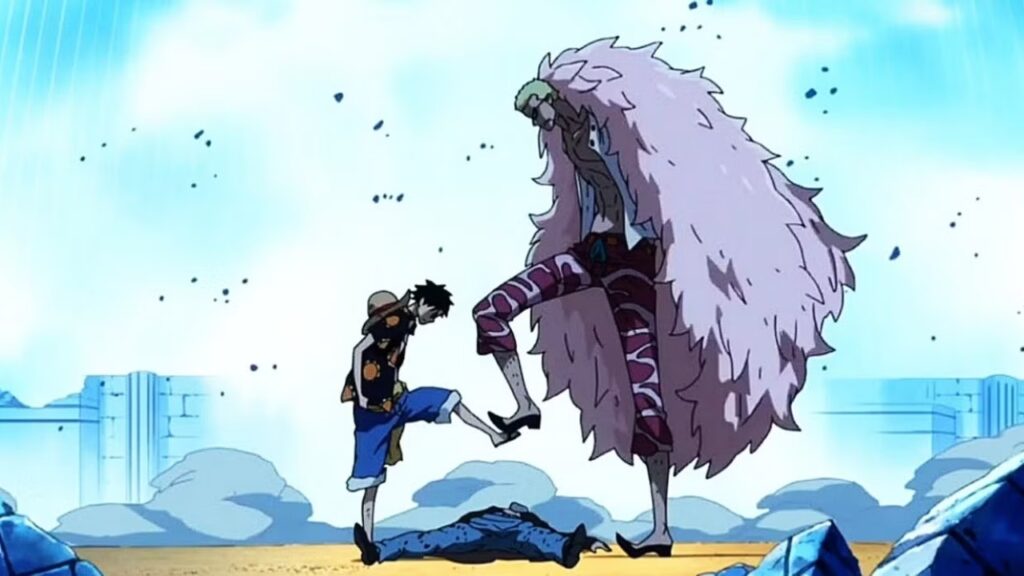
The arc is filled with multiple subplots that run concurrently. Luffy’s confrontation with Doflamingo forms the central narrative. Yet, other storylines run alongside it, including the gladiator tournament involving Rebecca and Kyros, the SMILE factory subplot tied to Trafalgar Law’s revenge, and various side missions involving the Straw Hats. Each of these threads has significance and offers depth to the world, but switching between them frequently can make the story feel fragmented. Moments that should feel urgent are interrupted by detours into other characters’ experiences, which, while interesting, sometimes reduce the sense of immediacy in the central conflict.
Flashbacks play a significant role in Dressrosa, providing context for the Donquixote Family, Doflamingo’s past, and the experiences of characters like Rebecca and Kyros. These sequences are valuable for understanding motivations and building empathy, yet they also slow the narrative. Extended flashbacks and multiple ongoing storylines create a rhythm where the plot advances in fits and starts. The result is that critical developments, such as Doflamingo’s schemes or Law’s plans, are often delayed, and resolutions feel postponed.
The battles themselves also affect the pacing. Luffy’s fight against Doflamingo and other confrontations, such as Law versus Doflamingo and Sabo’s involvement, are drawn out to emphasize strategy, powers, and character growth. Each moment in battle is detailed, and attacks are built up with anticipation. While this approach heightens drama, the extended sequences can sometimes prolong the action. For viewers following the storyline, the tension occasionally gives way to a sense of waiting rather than immediate engagement.
Side Adventures and Their Influence on One Piece Story Progression

Side missions for minor characters further add to the length of the arc. The Straw Hat crew, for example, often takes detours that separate them from the central conflict. These moments offer insights into their abilities and personalities, but slow the story. The combination of multiple subplots, detailed flashbacks, and long battles results in a complex and detailed story, yet uneven in pacing.
Despite these challenges, Dressrosa still delivers meaningful storytelling. It introduces significant developments in the One Piece world, provides insight into essential characters, and shows the stakes of confronting Doflamingo. The story includes moments of victory, loss, and revelation, encouraging the fans to consider the impact of each character’s choices. The slower pacing leaves room for reflection, letting fans think about how the events affect the characters and the world around them.
The entire Dressrosa arc allows for layered interpretation. Its structure encourages consideration of character decisions, social consequences, and the effects of justice and revenge. The pacing may challenge the audience, but it also reflects the scale of Oda’s story. Each subplot, fight, and flashback adds to the overall story, creating a complex narrative that rewards attention and thought. Dressrosa is a part of One Piece that asks questions, shows consequences, and leaves space for discussion, giving the audience room to interpret events in their own way.
